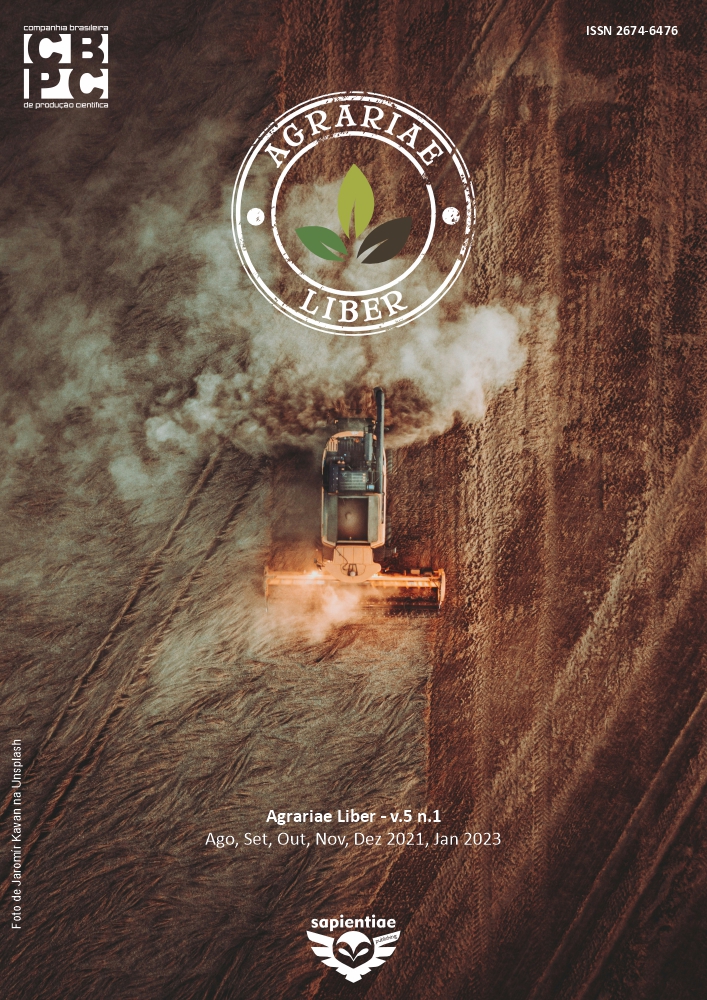Use of geotechnologies for mapping apicum areas in a region occupied by salt activity
DOI:
https://doi.org/10.6008/CBPC2237-9290.2022.002.0014Keywords:
Salt production, Phytophysiognomy, Mangrove, Permanent preservation areaAbstract
The Brazilian National Forest Code states that occupied apicun areas can be regularized, if the integrity of the mangroves is safeguarded. However, entrepreneurs must prove the occupation in areas of apicuns and not mangroves. Thus, the objective was to map the distribution of apicuns areas in the floodplain of the Apodi-Mossoró River estuary, explored by the salt production activity, prior to its occupation. Therefore, the phytophysiognomic characteristics of the analyzed area were determined by remote sensing and geoprocessing. For data processing, images were submitted to the process of geometric correction and cropped according to the floodplain of the evaluated estuary. After the cut, the color image composition was carried out, and the chosen bands were used to differentiate the types of land use in the analyzed area. Finally, thematic maps were prepared with the results obtained and their print layouts. It was found that the apicum occupied almost 47% of the study area, followed by saline (42.81%) and mangrove vegetation (2.27%), respectively. The main areas occupied by mangrove arboreal vegetation were concentrated in the region corresponding to the lower estuary. In the middle estuary region, the presence of the arboreal mangrove was observed, with a narrower strip, which was promptly replaced by the apicum, while in the upper estuary, the mangrove vegetation appeared only in a fragmented way. Thus, it can be inferred that the salt pans installed in this region may require their environmental regularization, and for that, they must ensure the preservation of areas occupied by mangrove vegetation.
Downloads
Downloads
Published
Issue
Section
License
Copyright (c) 2023 Natural Resources

This work is licensed under a Creative Commons Attribution-NonCommercial-NoDerivatives 4.0 International License.
The CBPC - Companhia Brasileira de Produção Científica (Brazil CNPJ: 11.221.422/0001-03) the material rights of the published works. The rights relate to the publication of the work anywhere in the world, including rights to renewals, expansions and dissemination of the contribution, as well as other subsidiary rights. All electronically published works may subsequently be published in printed collections under the coordination of this company and / or its partners. The authors preserve the copyright, but are not allowed to publish the contribution in another medium, printed or digital, in Portuguese or in translation.








